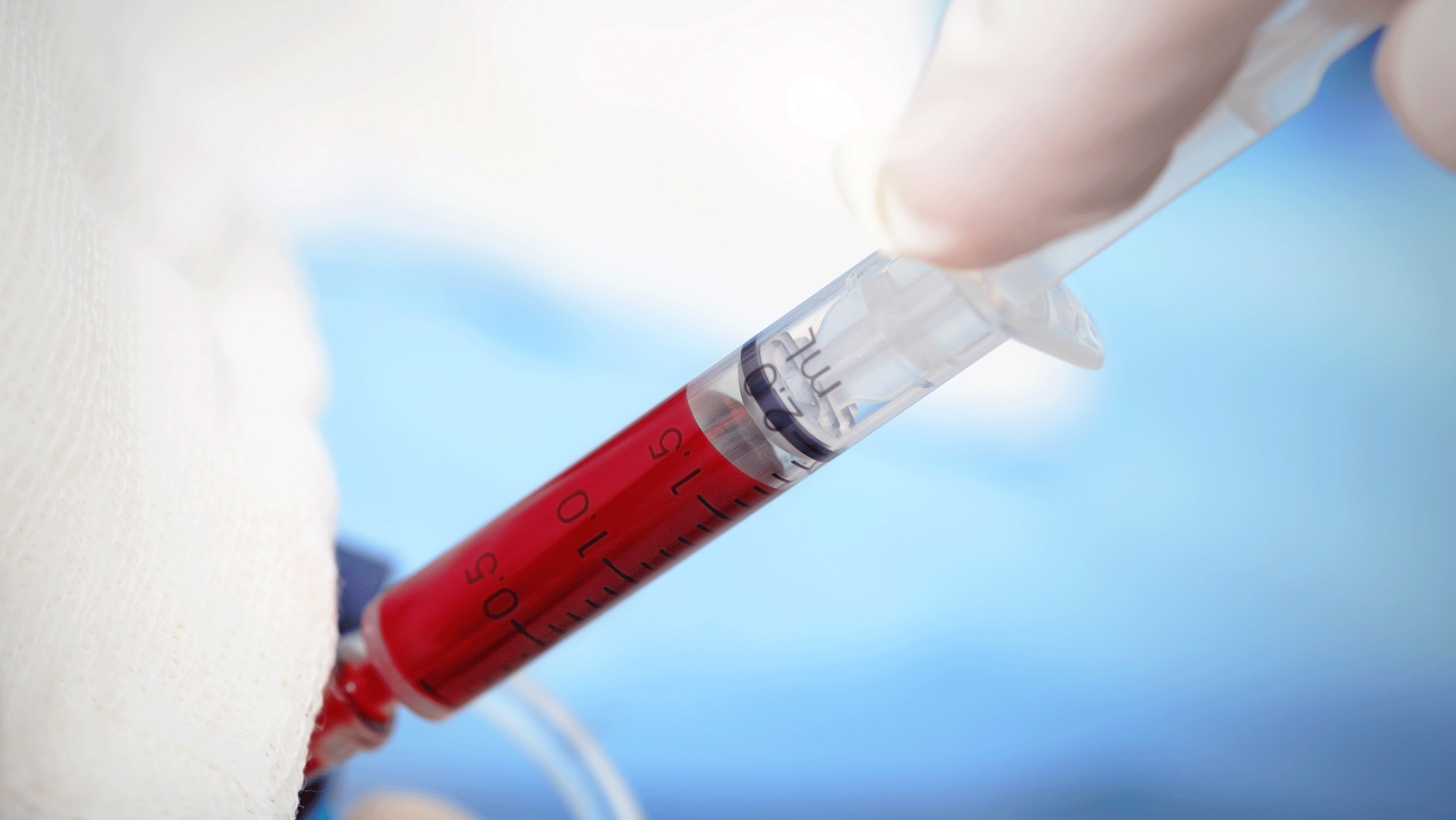HCV Study
Assessing the incremental cost-effectiveness of a hypothetical introduction of a dual Ab/Ag test to detect hepatitis C compared to the standard of care in three countries

Objective
The primary objective is of this study to determine the value of a hypothetical dual Ab/cAg test given certain test characteristics, by estimating the incremental cost-effectiveness of a dual AB/cAg test compared to the current standard of care.
Description
The introduction of a dual Ab/cAg test will impact the pathway through care of people with HCV, in that a person tested positive for Ab as well as cAg will put on treatment immediately without testing the RNA. This change will influence both the average cost per case detected, but also impact the total costs and numbers of cases cured. In terms of costs, the main impact is that fewer RNA tests will need to be conducted. Since those tests are relatively expensive this may reduce the overall laboratory costs of the algorithm and this will be traded off with the price of any new test. Furthermore, putting patients faster and earlier on treatment in the case of positive Ab and cAg test could lead to less loss to follow up and a reduction in severe cases of liver complications. This will increase the Disability Adjusted Life Years (DALYs) averted and will impact the overall costs of treating HCV and its complications. In person who inject drugs, treating HCV may result in reduced transmission to other populations, and have additional indirect effects.
To estimate whether the introduction of a dual Ab/cAg test is cost-effective, the diagnostic pathway will be modelled using a simple decision tree model. This will be linked with a Markov model, the commonly used form to examine life time costs and effectives of HCV treatment and health outcomes.
Partners
Foundation for Innovative New Diagnostics (FIND)
Funders
Foundation for Innovative New Diagnostics (FIND)
Countries
Georgia
Malaysia
Third country TBD
